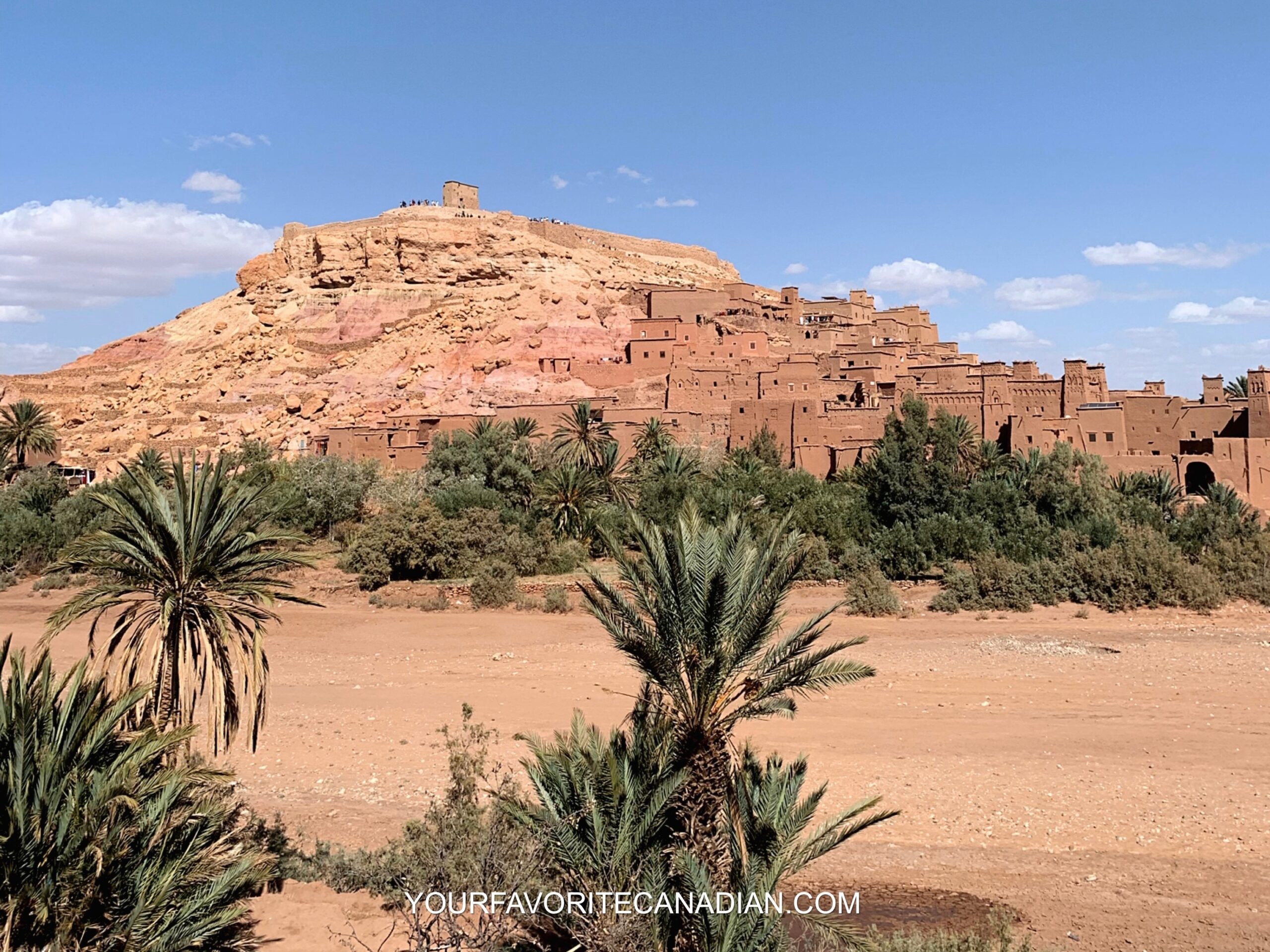Morocco is a captivating blend of ancient traditions, vibrant cities, and breathtaking landscapes, from the bustling souks of Marrakech to the serene dunes of the Sahara Desert. This travel guide covers everything you need to know to ensure you make the most of your trip.
- Best Time to Visit: Climate, Crowds & Prices
- Local Culture & Etiquette: Cultural Norms, Language, Etiquette – Visiting Religious Sites
- Money Currency & Payments
- Accommodation Options: Types of Accommodations, Recommendation, Essential Apps
- Local Cuisine
- Transportation: Transportation Options, Essential Travel Apps
- Safety & Health: Tap Water Conditions, Health Precautions, Emergency Informations, Safety Tips
- Visa Requirements
- Staying Connected: Getting a SIM Card in Morocco
- Top Attractions & Activities
1
Best Time to Visit
Climate
Morocco boasts a diverse climate influenced by its geographic variety, ranging from Mediterranean along the northern coast, Atlantic along the western coast, and desert in the south. Summers (June to August) can be extremely hot, especially in inland cities like Marrakech and Fes, with temperatures often exceeding 45°C. Coastal areas like Casablanca and Essaouira enjoy milder summers, with temperatures averaging 20–30°C, making them more comfortable for beachgoers.
The best time to visit is typically during spring (March to May) and autumn (September to November) when the weather is warm but not overwhelmingly hot, ideal for exploring cities, mountains, and deserts. Winter (December to February) is cooler, especially in the Atlas Mountains and desert regions, where nights can be freezing, but coastal cities remain mild and pleasant.
Crowds & Prices
High season in Morocco runs from March to May and September to November when the weather is at its best for sightseeing and outdoor activities. During these months, you’ll find popular destinations like Marrakech, Chefchaouen, and the Sahara Desert bustling with tourists, and prices for accommodations and tours are generally higher.
For a quieter and more budget-friendly experience, the summer months (June to August) can be a good option, though the intense heat in inland regions might limit daytime activities. Coastal areas like Essaouira and Agadir remain comfortable during this time, attracting beach lovers.
Winter (December to February) sees fewer tourists overall, except in the Atlas Mountains, which attract visitors for snow activities. This season is ideal for those seeking lower prices and fewer crowds in cities like Fes, Rabat, and Casablanca, though some rural attractions may have limited accessibility.
2
Local Culture & Etiquette
Cultural Norms
Moroccan culture places a strong emphasis on hospitality, respect, and community. Locals are generally warm and welcoming, especially if you show an interest in their traditions and language. Greetings are often accompanied by a handshake, and among closer acquaintances, a light kiss on each cheek may be exchanged.
Time in Morocco tends to follow a more relaxed pace, so it’s common for social events to start later than planned. Dining is a central part of Moroccan culture, often accompanied by tea ceremonies, and meals are typically shared in a communal setting, with lunch being the main meal of the day.
Language
The official languages of Morocco are Arabic and Amazigh (Berber). Moroccan Arabic, known as Darija, is widely spoken, and French is commonly used in business, government, and urban areas. While English is increasingly spoken in tourist regions and cities like Marrakech and Casablanca, it’s polite to learn a few basic phrases in Moroccan Arabic or French. Saying “shukran” (thank you) or “salaam alaikum” (peace be upon you) is greatly appreciated and demonstrates respect for the local culture. In more remote areas, language barriers are more likely, so having a translation app or phrasebook can be helpful.
Etiquette – Visiting Religious Sites
Morocco is a predominantly Muslim country, and mosques and religious sites hold deep cultural and spiritual significance. Non-Muslims are generally not permitted to enter mosques, with exceptions like the Hassan II Mosque in Casablanca.
When visiting religious landmarks or walking in public spaces, dress modestly by covering shoulders, breasts and knees, and women may choose to wear a scarf as a sign of respect. Shoes should be removed before entering prayer spaces, and maintaining a quiet demeanor is essential. Photography inside religious sites is often restricted, so always check signage or ask permission before taking pictures. If visiting during prayer times, be mindful of worshippers and avoid causing disruptions.
3
Money Currency & Payments
When traveling to Morocco, managing your money wisely will ensure a smooth and stress-free experience. Here’s everything you need to know about currency, payments, and tips for navigating money matters across the country.
Currency: Moroccan Dirham (MAD)
Morocco uses the Moroccan Dirham (MAD).
- Banknotes: Available in denominations of 20, 50, 100, and 200 MAD.
- Coins: Range from 1 centime to 10 MAD. Coins are especially handy for small purchases like snacks, souvenirs, or tipping.
Exchange Rates
Exchange rates can fluctuate, so it’s best to check before your trip. As a reference:
- 1 MAD ≈ $0.10 USD or $0.13 CAD.
Use a currency converter app for up-to-date rates to ensure you’re getting the best deal.
Best Ways to Get Moroccan Dirhams
- ATMs: ATMs are widely available across Moroccan cities, including Marrakech, Casablanca, Fes, Tangier, and smaller towns. Look for machines displaying your card’s logo (Visa, Mastercard) in safe places like banks and malls.
Pro Tip: Avoid accepting the ATM’s offered exchange rate; let your bank handle the conversion for a better rate.
- Currency Exchange
- Exchange small amounts at official exchange offices, banks, or hotels for convenience.
- For the best rates, exchange currency before your trip at your local bank or a reputable exchange office.
Cash is King
While larger hotels, upscale restaurants, and modern stores in Morocco accept cards, cash is preferred for most transactions—especially in souks, small eateries, and markets. Always carry small bills and coins for hassle-free purchases.
ATM Limits and Fees
- Withdrawal Limits: ATMs in Morocco generally allow maximal withdrawals between 2,000–4,000 MAD (around 280$–560$ CAD) per transaction.
- Fees: Expect fees from both your home bank and Moroccan ATMs. To save, withdraw large amounts at once, and check your bank’s international fee policy before you travel.
Tipping in Morocco
Tipping is customary and always appreciated in Morocco, though the amounts are generally modest. Here’s a quick guide:
- Restaurants: Leave 5–10% for good service. In casual cafés, rounding up to the nearest 10 MAD is sufficient.
- Taxis: Round up to the nearest dirham or tip 5–10 MAD for longer rides. Always agree on a fare before starting the trip.
- Hotels: Tip 5–10 MAD per bag for porters and 10–20 MAD per day for housekeeping.
- Tour Guides: If you’re happy with the service, tip 10–15% of the tour price as a gesture of appreciation.
4
Accommodation Options
Morocco offers a wide variety of accommodations, from charming riads to luxury hotels and budget-friendly hostels in most cities. Here’s a breakdown of your accommodation options, recommendation, and essential apps for booking your trip to Morocco:
Types of Accommodations
1. Riads: A riad is a traditional Moroccan house or palace with an interior garden or courtyard, offering an authentic and beautiful place to stay. Riads are typically located in or near the medina and provide a cozy, intimate atmosphere with stunning Moroccan architecture. Guests can expect personalized service, beautifully decorated rooms, traditional Moroccan breakfasts, and often a rooftop terrace with breathtaking views of the blue city. Riads are perfect for travelers seeking comfort, cultural immersion, and a unique, memorable experience.
2. Hotels: Hotels range from budget-friendly to luxury options, offering comfort, modern amenities, and excellent service despite the absence of large international chains. Guests can expect daily housekeeping, private bathrooms, and amenities like Wi-Fi, with some boutique hotels featuring extras such as rooftop terraces or small spas. These hotels are perfect for travelers seeking a balance between comfort, convenience, and affordability while staying close to the city’s main attractions.
3. Hostels: For backpackers and budget-conscious travelers, hostels in Marrakech are the most economical option, offering a vibrant and social environment perfect for meeting fellow adventurers. Guests can expect shared dormitories, common areas, and sometimes private rooms for an additional fee. Many hostels also organize activities like group tours, cooking classes, or communal dinners, making it easy to connect with others. Hostels are ideal for solo travelers, young explorers, and anyone who values community and shared experiences over luxury.
Recommendation
Marrakech: With a 9-star rating on HostelWorld, it’s easy to see why I loved my stay at Miostello Lifestyle Hostel Marrakech. The rooms are clean, modern, and beautifully designed, complete with air conditioning—an absolute lifesaver during Marrakech’s hot days. The staff and owner were incredibly friendly and welcoming, making the experience even more memorable.
The only minor downside? The hostel can be a bit tricky to find within the medina at first. But once you locate it, you’re all set! Plus, its slightly off-center location means it’s much quieter at night—perfect for a good night’s rest after a busy day of exploring.
Essential Apps
- Booking.com: This app offers a wide range of accommodations, including hotels, hostels, and riads, all in one place.
- Airbnb: Perfect for finding unique and original riads or apartments that offer a home-like experience.
- Hostelworld: Specializing in hostels, this app features an excellent rating system to help you choose the best option. It also includes group chats where you can connect with others who will be staying at the same hostel.
Extra Recommendation: Once you’ve found a place you like, especially with hotels and hostels, be sure to visit their official website. Often, you can find exclusive discounts when booking directly through them.
5
Local Cuisine
Moroccan cuisine is renowned for its rich flavors, aromatic spices, and diverse influences from Berber, Arabic, and Mediterranean traditions. Here are some must-try dishes:
- Tagine: Slow-cooked stew made with meat, poultry, or vegetables cooked in a cone-shaped clay pot for tender, flavorful results.
- Couscous: Steamed semolina granules served with vegetables, meat, or fish.
- Mechoui: Whole lamb slow-roasted over coals for tender, smoky perfection. They are often served during celebrations or festive gatherings.
- Kefta: Spiced minced meatballs served in tomato-based tagines or grilled as skewers.
Seafood Specialties
- Grilled sardines, fresh from the Atlantic coast.
- Seafood pastilla: A crispy pastry filled with spiced seafood and vermicelli.
Desserts & Drinks
- Chebakia: Sesame and honey-coated cookies, popular during Ramadan.
- Traditional Mint Tea: The go-to beverage for hospitality and relaxation. The tea is sweetened with sugar and infused with fresh mint leaves.
Stay connected! Follow us on social media for exclusive content & updates on our travels.
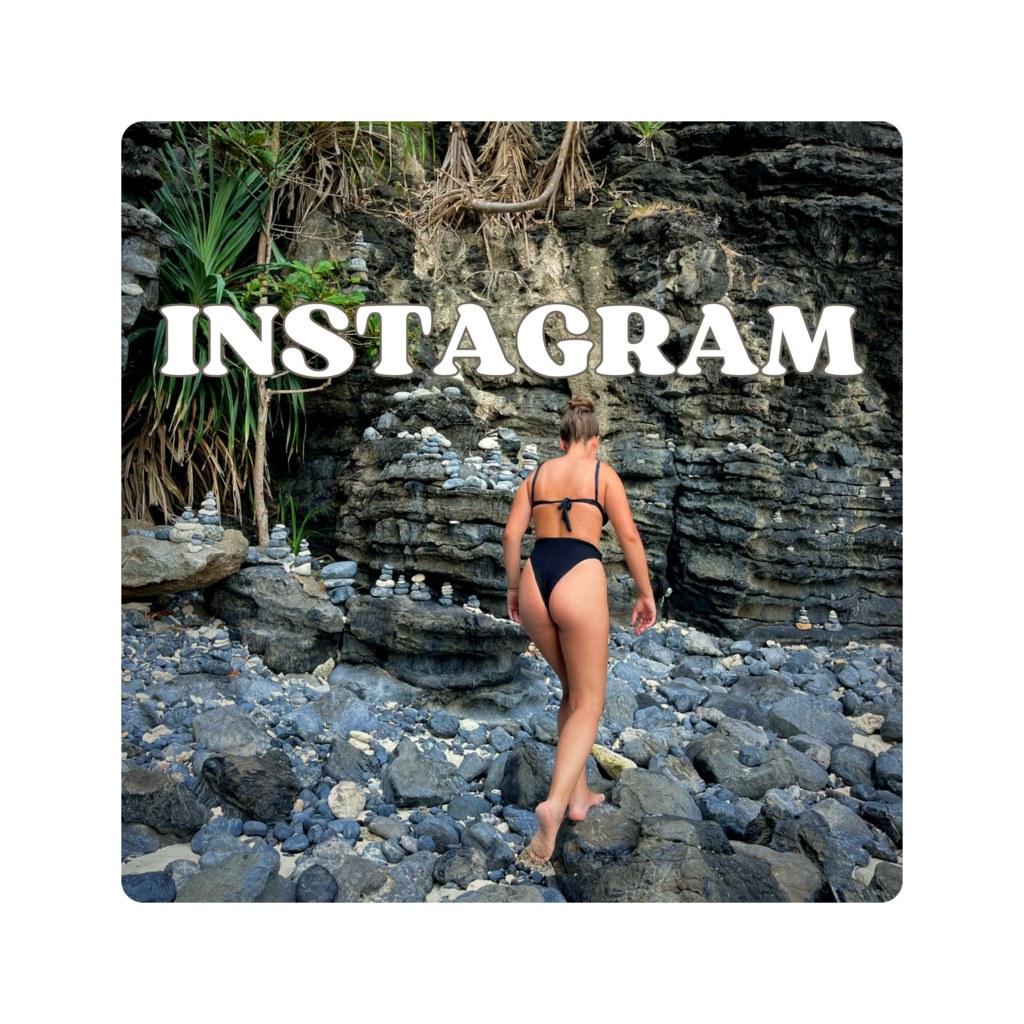
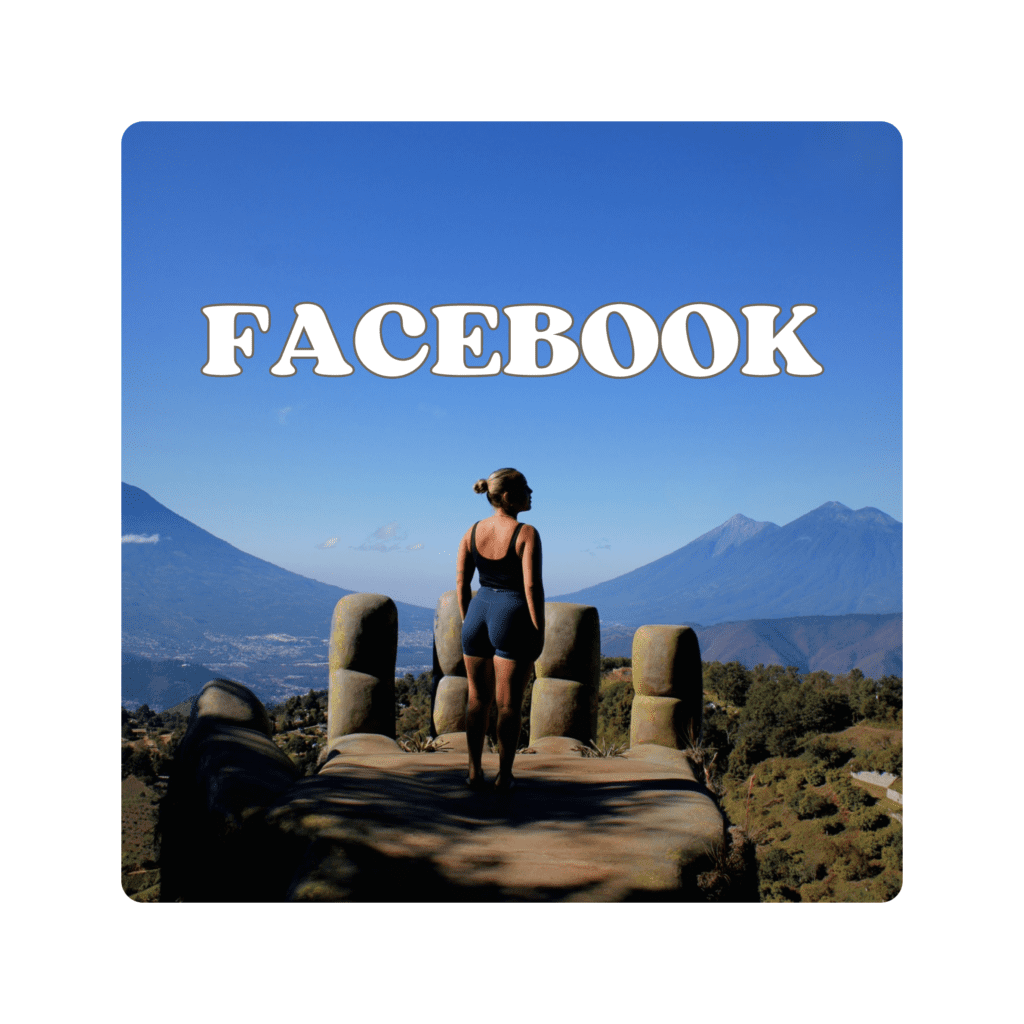
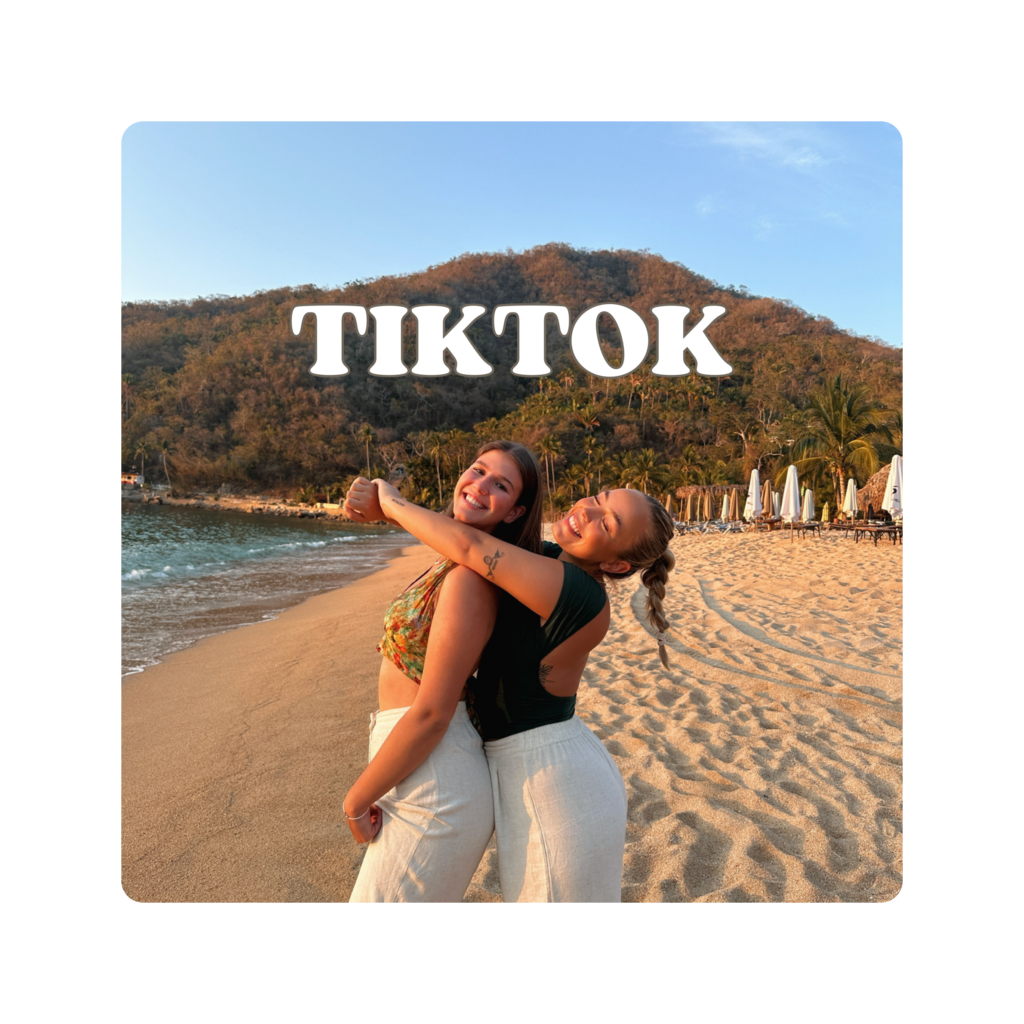
On our website, you’ll find all the essential information and tips, while on our social media, you’ll get even more – including personal experiences, funny moments, stunning videos, and much more!
6
Transportation
Navigating Morocco is straightforward, with diverse transportation options catering to different travel needs. Here’s a breakdown of the best ways to get around:
1. Trains
Morocco has a well-connected train network linking major cities like Casablanca, Marrakech, Rabat, and Fes. The high-speed Al Boraq train operates between Tangier and Casablanca, offering a fast and comfortable journey, while regular trains connect other cities efficiently. Tickets can be purchased online, at train stations, or via ONCF’s official app.
2. Buses
Buses are a reliable and affordable way to travel between cities and reach towns not served by trains. Companies like CTM and Supratours provide long-distance routes with comfortable services. Smaller local buses are also available, but they may lack air conditioning and follow less strict schedules.
3. Public Transportation in Cities
In major cities like Marrakech, Casablanca, and Rabat, buses and taxis are the primary modes of transportation. Casablanca has a modern tram system that’s efficient and affordable. In smaller cities and towns, shared taxis (called grand taxis) are common and can be a cost-effective option for short or medium distances.
4. Car Rentals
Renting a car is ideal for exploring more remote regions such as the Atlas Mountains, Sahara Desert, or coastal areas like Essaouira. Roads are generally in good condition, but driving in urban centers can be chaotic, and parking may be challenging. A 4×4 vehicle is recommended for desert areas.
5. Taxis & Ride-Sharing
Taxis are abundant in most cities. Petit taxis are used for short distances within cities and are metered, while grand taxis operate on set routes or can be hired for private trips. Careem and Yassir (Morocco’s ride-sharing apps) operate in cities like Casablanca, Rabat, and Marrakech, offering a modern alternative to traditional taxis.
Tips for Taxis:
- Always confirm the fare before starting your ride if the taxi does not have a functioning meter. If a meter is present, ensure it is turned on to avoid overcharging.
- Ride-sharing apps like Careem and Yassir operate similarly to Uber and are highly recommended by travelers. These apps provide transparent pricing and driver information, offering a safer and more reliable alternative to traditional taxis.
Essential Travel Apps
- ONCF: Essential for checking train schedules, booking tickets, and staying updated on Morocco’s rail network.
- CTM & Supratours: Use these apps or websites to book bus tickets for intercity travel.
- Careem & Yassir: Convenient for ride-sharing and booking taxis in urban areas.
- Google Maps and Maps.me: Excellent for navigating Morocco’s cities, rural roads, and walking routes.
7
Safety & Health
When traveling to Morocco, it’s important to be aware of both safety and health precautions to ensure a smooth and enjoyable trip. Below are three key considerations: tap water conditions, other health precautions, and emergency information.
Tap Water Conditions in Morocco
In Morocco, tap water is not safe for drinking, especially for travelers who may not be accustomed to the local water system. It’s best to stick to bottled or filtered water, which is widely available. Additionally, avoid ice in drinks and raw foods like salads unless you’re confident in the hygiene standards of the establishment.
Emergency Information
Morocco has a mix of public and private healthcare facilities, with modern clinics and hospitals available in major cities like Marrakech, Casablanca, and Rabat. However, rural areas may have limited medical resources.
Emergency Numbers
- Emergency services (police, fire, ambulance): 190 for police, 150 for ambulance/fire.
Hospitals and Clinics
Major cities have well-equipped hospitals and private clinics, some with English- or French-speaking staff. In rural areas, healthcare facilities may be basic, so it’s recommended to plan ahead for any potential medical needs. Travel insurance is essential to cover medical emergencies or evacuations, as private healthcare can be costly.
Pharmacies
Pharmacies are common and easy to identify by the green cross sign. They are typically open from 9 am to 8 pm, though some cities have 24-hour or on-call pharmacies. Pharmacists are knowledgeable and can provide over-the-counter medications and advice for minor health issues.
Language and Communication
While French and Arabic are widely spoken in Morocco, English is less commonly used, especially in medical settings. Carry a written note of your medical details translated into French or Arabic, particularly if you have allergies, chronic conditions, or take prescription medications.
Safety Tips
Every traveler needs to be cautious, especially if you are solo traveling. We wrote an entire article giving you our best safety tips. Make sure to come back at the end of your reading to read our article Top Safety Tips for Solo Travelers: How to Stay Safe & Confident.
8
Visa Requirements
Morocco has specific entry requirements that vary depending on your nationality and the purpose of your visit. Here’s what you need to know:
Short Stays (Up to 90 Days)
For tourism, business, or short-term visits, citizens of many countries can enter Morocco visa-free for up to 90 days. This includes travelers from:
- Visa-Exempt Countries: Citizens of the United States, Canada, the United Kingdom, Australia, New Zealand, Japan, and most EU countries can visit Morocco without a visa for stays of up to 90 days.
- Non-Visa-Exempt Countries: Travelers from countries not on the visa-exempt list must obtain a visa in advance from a Moroccan embassy or consulate in their home country.
Entry Requirements for Visa-Exempt Visitors:
- Passport Validity: Your passport must be valid for at least 6 months from the date of entry into Morocco.
- Proof of Return or Onward Travel: You may be asked to provide evidence of a return ticket or onward travel.
- Accommodation Details: Proof of hotel bookings or an invitation letter from a host in Morocco may be required.
- Sufficient Funds: While rarely checked, it’s advisable to have proof of financial means for your stay.
Longer Stays or Specific Purposes
If you plan to stay in Morocco for more than 90 days or visit for specific purposes such as work, study, or residency, you will need to apply for an appropriate visa. The most common types include:
- Work Visa: Required for employment in Morocco, typically sponsored by an employer.
- Student Visa: Necessary for studying at a Moroccan educational institution.
- Residency Visa: For those relocating to Morocco for work or family reunification. This visa often requires sponsorship from a Moroccan employer or family member.
Application Process for Long-Stay Visas
- Determine Your Visa Type: Choose the visa that matches your purpose of stay (e.g., work, study, or residency).
- Prepare Required Documents:
- A valid passport with at least 6 months validity.
- Completed visa application form.
- Passport-sized photographs.
- Proof of purpose (e.g., employment contract, university acceptance letter, or family sponsorship).
- Proof of sufficient funds for your stay.
- Medical clearance and criminal background check (if applicable).
- Submit Application:
- Submit your application at the nearest Moroccan embassy or consulate in your home country.
- Some employers or educational institutions may assist with this process.
- Fees: Fees vary depending on the type of visa and range from 70$–215$ CAD.
- Processing Time: Allow 2–4 weeks for processing.
Additional Tips
- Always check with the Embassy of Morocco in your country for the latest and most accurate visa requirements.
- If traveling from a visa-required country, ensure you apply well in advance to avoid delays.
9
Staying Connected
Staying connected while traveling in Morocco is easy and affordable, with several options for purchasing a local SIM card. Whether you need data for navigation, communication, or staying in touch with friends and family, getting a Moroccan SIM card is a practical solution.
Major Mobile Providers
Morocco has three main mobile providers that offer prepaid SIM cards, all with good nationwide coverage, including rural areas and popular tourist destinations:
- Maroc Telecom
- Orange Maroc
- Inwi
Each of these providers offers a variety of prepaid plans that include data, calls, and texts. You can choose from daily, weekly, or monthly packages based on the length of your stay and usage needs.
Where to Buy a SIM Card
You can easily purchase a SIM card at various locations:
- Airport: Upon arriving in Morocco, you’ll find SIM card kiosks in the arrivals areas of major airports like Marrakech, Casablanca, and Rabat. However, these kiosks tend to be more expensive than those found in the cities.
- Shops and Kiosks: SIM cards are widely available at mobile provider stores, electronic shops, and kiosks in city centers and souks.
- Convenience Stores: Many corner shops sell prepaid SIM cards and credit recharges like Carrefour Market and Marjane.
Identification, such as a passport, may be required to register the SIM card, as per Moroccan regulations.
Cost and Plans
Prepaid SIM card prices in Morocco are very affordable:
- Data Plans: Prices typically range from MAD 10 to MAD 200 (1.40$ to 28$ CAD), depending on the data package you select. Plans often include generous data allowances (between 1 GB and 20 GB) and are valid for specific durations (e.g., 7 days or 30 days).
- Calling and Texting: Many prepaid plans include local calls and texts. International calling minutes may be included in some plans, or you can purchase additional packages for international calls if needed.
Tips for Travelers
- Recharge Options: You can recharge your SIM card through physical recharge cards or online using mobile apps or the provider’s website.
- Coverage: All three providers offer excellent coverage in cities and most rural areas, though remote desert regions may have limited connectivity.
- Free Wi-Fi: Many cafes, hotels, and riads in Morocco offer free Wi-Fi, which can supplement your data usage.
10
Top Attractions & Activities
Whether you’re seeking adventure, relaxation, or a journey into rich history, Morocco offers a diverse array of attractions and activities that showcase the country’s stunning landscapes and its deep cultural and historical heritage. Here are three must-see highlights:
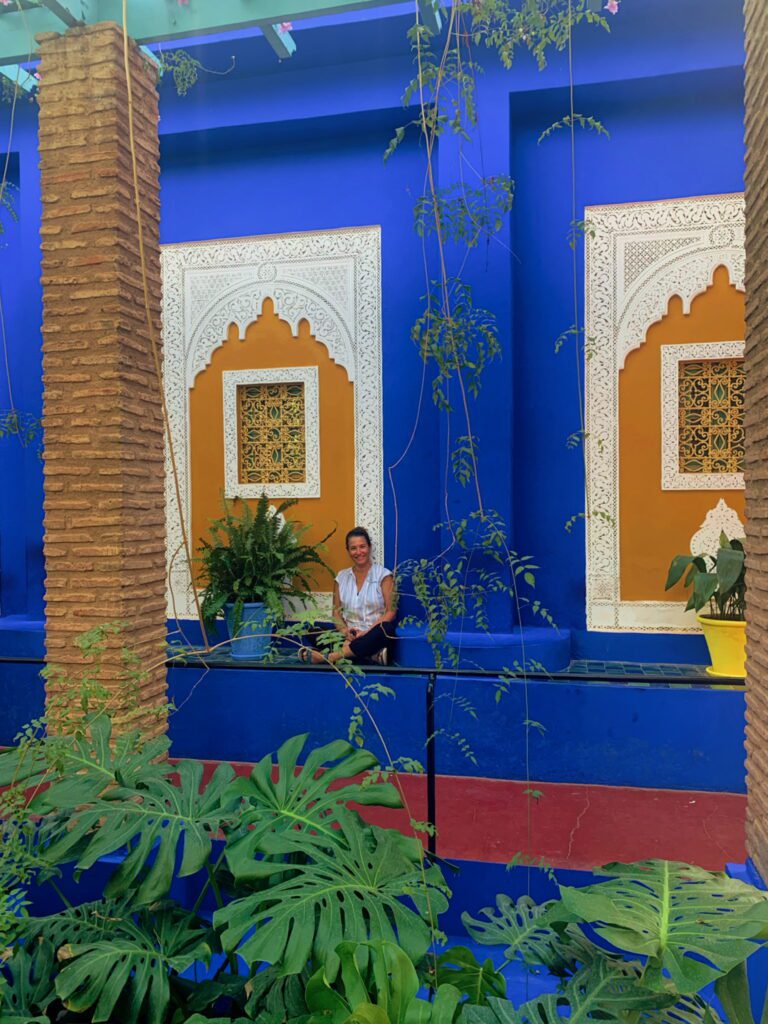
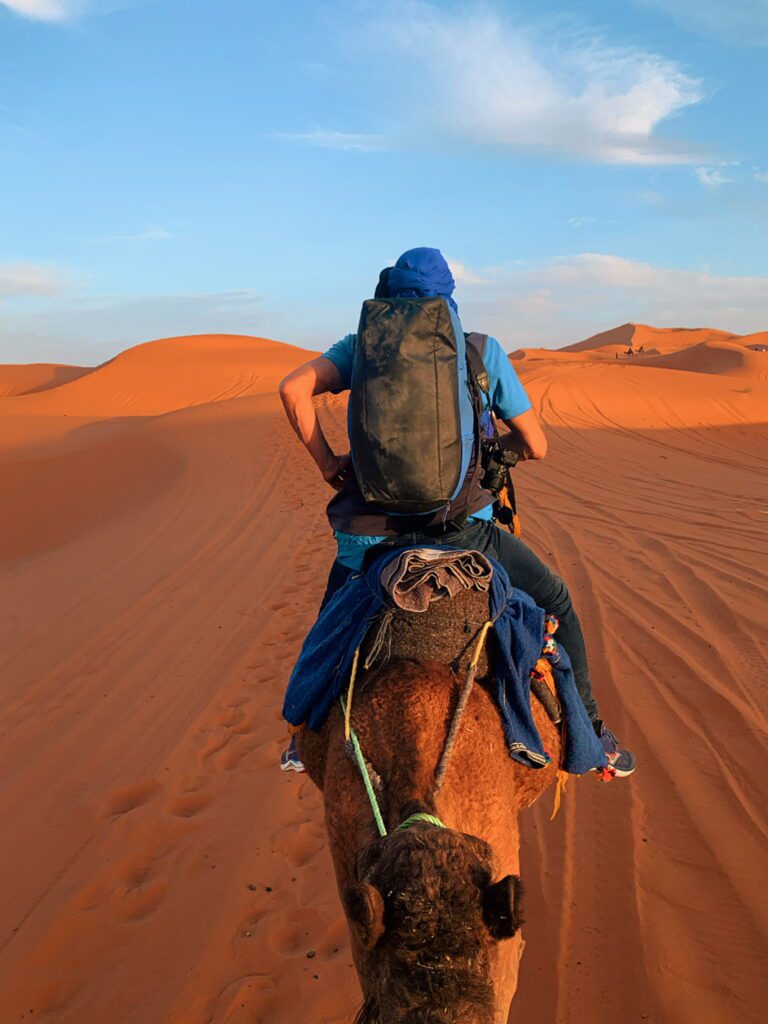
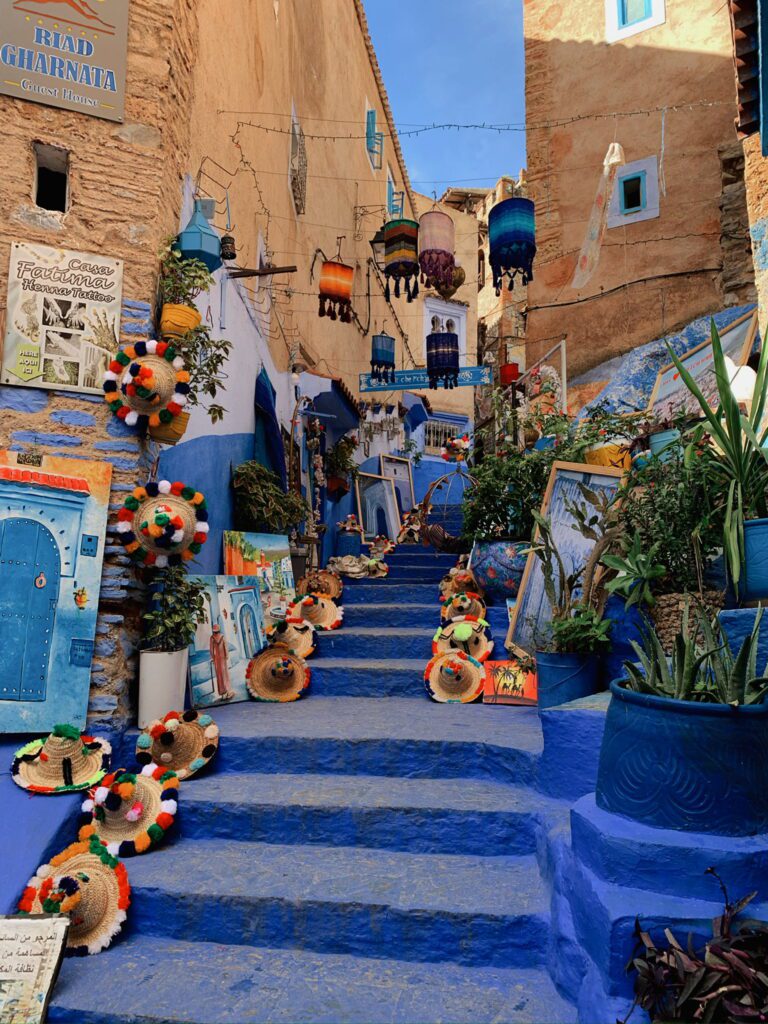
Don’t want to miss out on our latest articles? Be sure to subscribe to our website, and you’ll receive a notification every time we publish something new!
